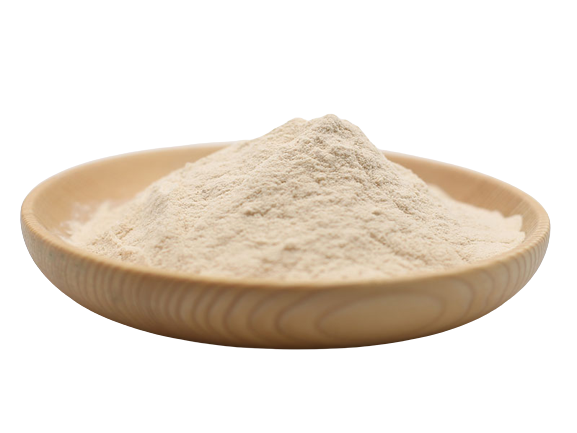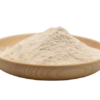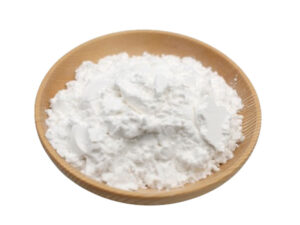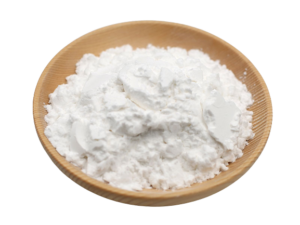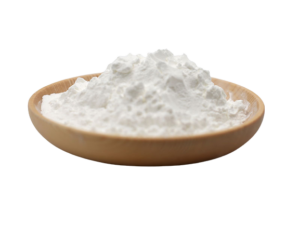The mung bean (Vigna radiata), alternatively known as the moong bean, green gram, or mung Sanskrit mudra, is a plant species in the legume family. The mung bean is mainly cultivated in India, China, and Southeast Asia. Chinese people cultivated mung bean for almost 2000 years, spread everywhere in China, in many types, and in big volumes. Other countries in South Asia, North America, Brazil, and Europe cultivate mung beans also. Major mung bean cultivating provinces of China is An Hui, Henan, Hebei, Hubei, Liaoning, Shanxi, Shaanxi, and Sichuan. It is used as an ingredient in both savory and sweet dishes.
The mung bean starch is also extracted from them to make jellies and “transparent/cellophane” noodles. In Vietnam, the transparent wrapping of Vietnamese spring rolls is made from mung bean flour. In Filipino cuisine, meat is sauteed with garlic, onions, and bay leaves, then mung beans are added and cooked. Mung batter is used to make crepes named Pesarattu in Andhra Pradesh, India, copying other Southeast Asian cooking methods. Vitamins, calcium, iron, and phosphorus ratio are higher than in crude rice. So it got good value both as food and as medicine, in the hot summer, mung bean soup is a nice to drink for local folks to drive away heat.
Specification
| Product Name | Mung Bean Starch |
|---|---|
| Appearance | white fine powder |
| Moisture | <14% |
| Fiber number | not measurable |
| Smell and taste | normal |
| pH | 4-6 |
| Ash | <0.4% |
| Protein | <1% |
| Sulphur dioxide (SO2) mg/kg | 3.00% |
| Fineness (100 mesh thru) | >99.8% |
| Viscosity (75°C heat) | >900CPS |
Health Benefits
- Rich source of minerals viz., potassium, magnesium, folic acid, zinc, iron, phosphorus. Potassium and magnesium are important for heart health. Folic acid and iron are very important for pregnant and childbearing women.
- Rich source of dietary fiber. The fiber comprises two types, insoluble and soluble. The insoluble fiber helps to keep the digestive system healthy and reduces the problems of constipation. Soluble fiber helps to reduce blood cholesterol and blood sugar levels.
- The rich source is Vitamin C vital for up keeping your health and preventing diseases. Vitamin C rejuvenates the immune system and keeps the common fever, sore throat, and cold away from you. The sprouts of this bean provide an excellent source of vitamin C whose levels are comparable to that of fruits.
- As a legume, it’s an excellent source of protein, devoid of saturated fats. Eating a bowl of soup made of green grams daily is a great way to meet the daily needs of protein requirements of our body.
- It helps you in maintaining good cardiovascular health. Eating green gram regularly helps you get rid of bad cholesterol and improve the flexibility of arteries and veins, excellent for your heart health and help to regulate blood pressure to healthy levels.
- Daily intake achieves the detoxification process of the body and improves your metabolism and thus finds a place in Indian Ayurveda as well as Chinese natural medicine systems to beat chronic disease conditions.
- These beans are low in calories and rich in fiber. Eating a small cup of Green gram soup on daily basis satiates your stomach, and prevents your overeating habit.
- Is a good source of phosphorous that plays a role in proper cellular functions and repair mechanisms, and helps maintain the health of the heart and nerves.
- Rich source of Calcium which is required for strengthening bones. Sprouted green gram dal is good for bones for people of all age groups, especially for women.
